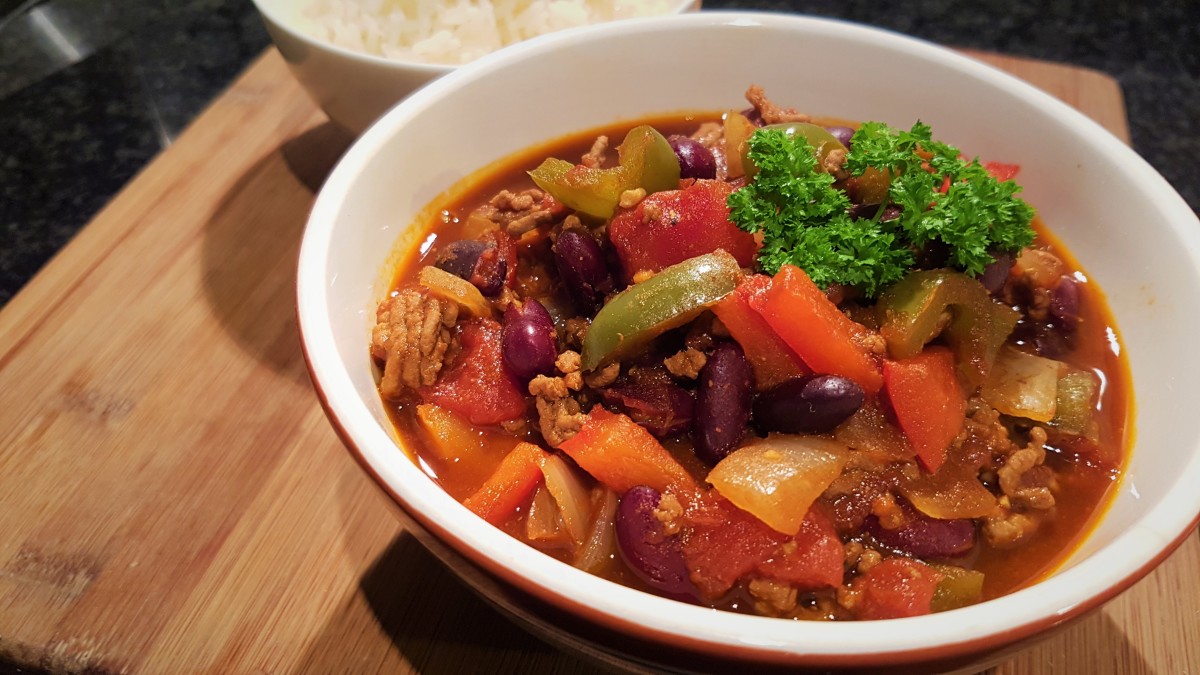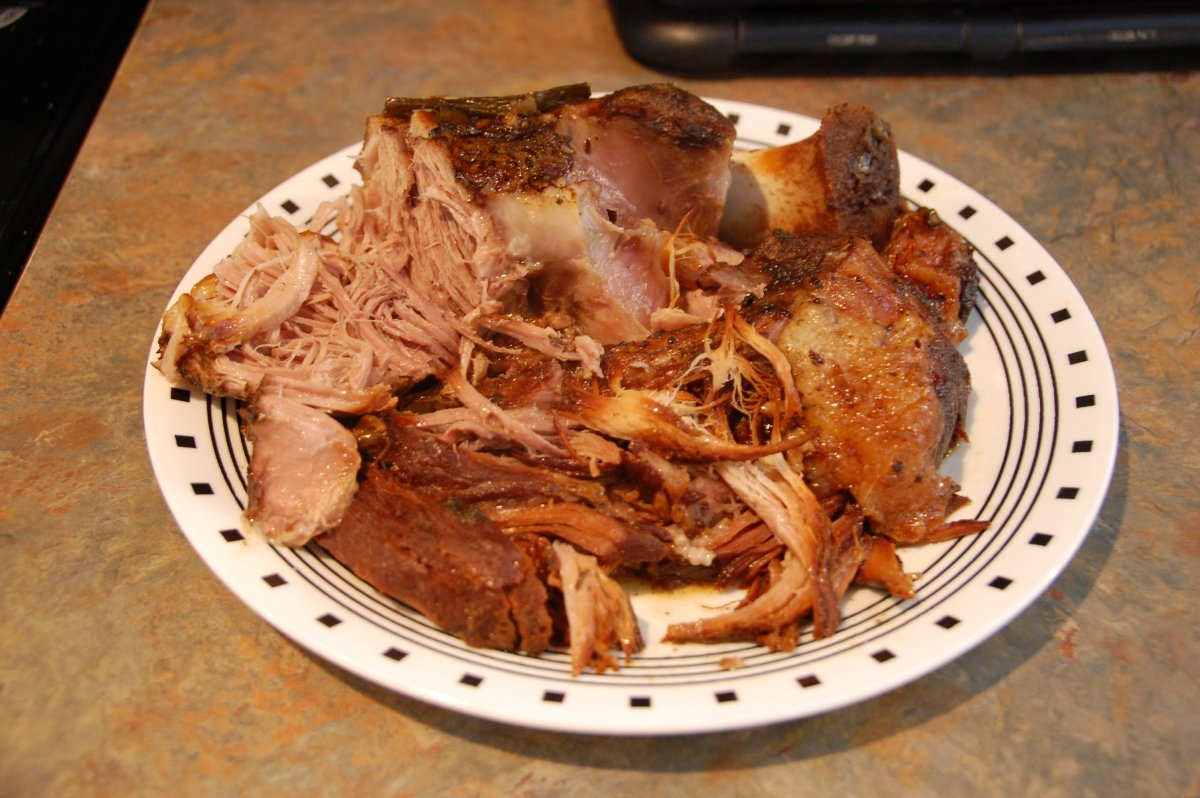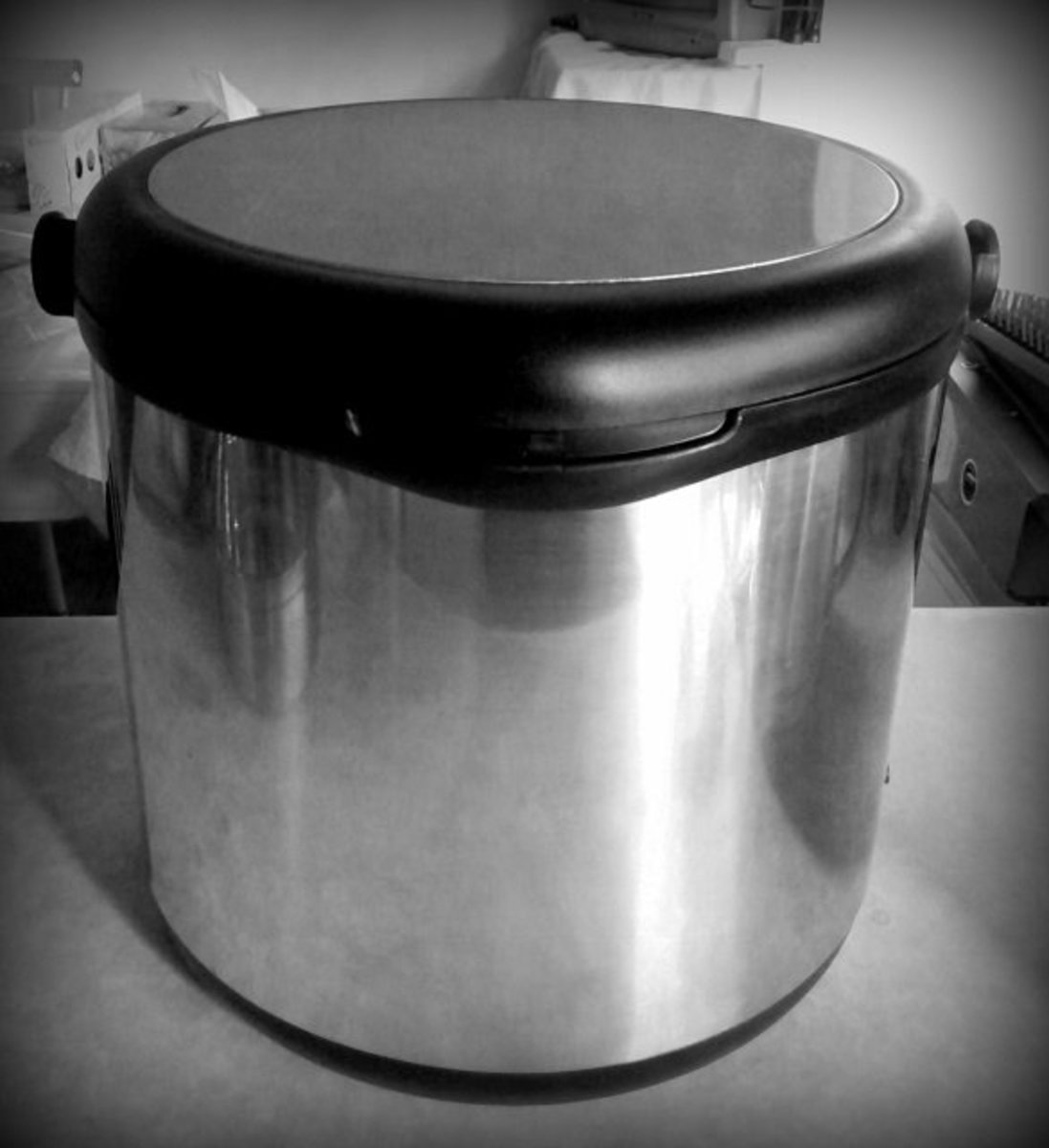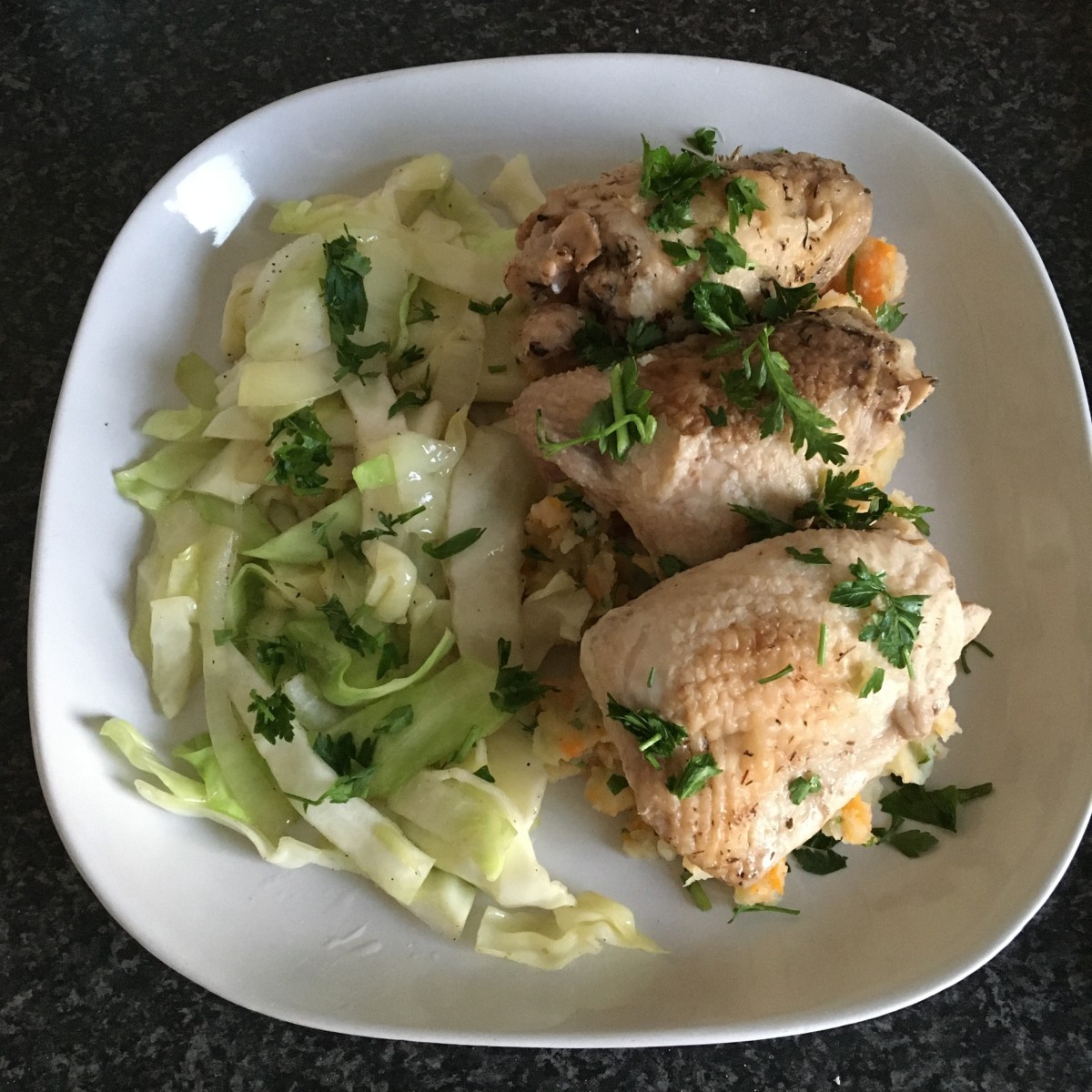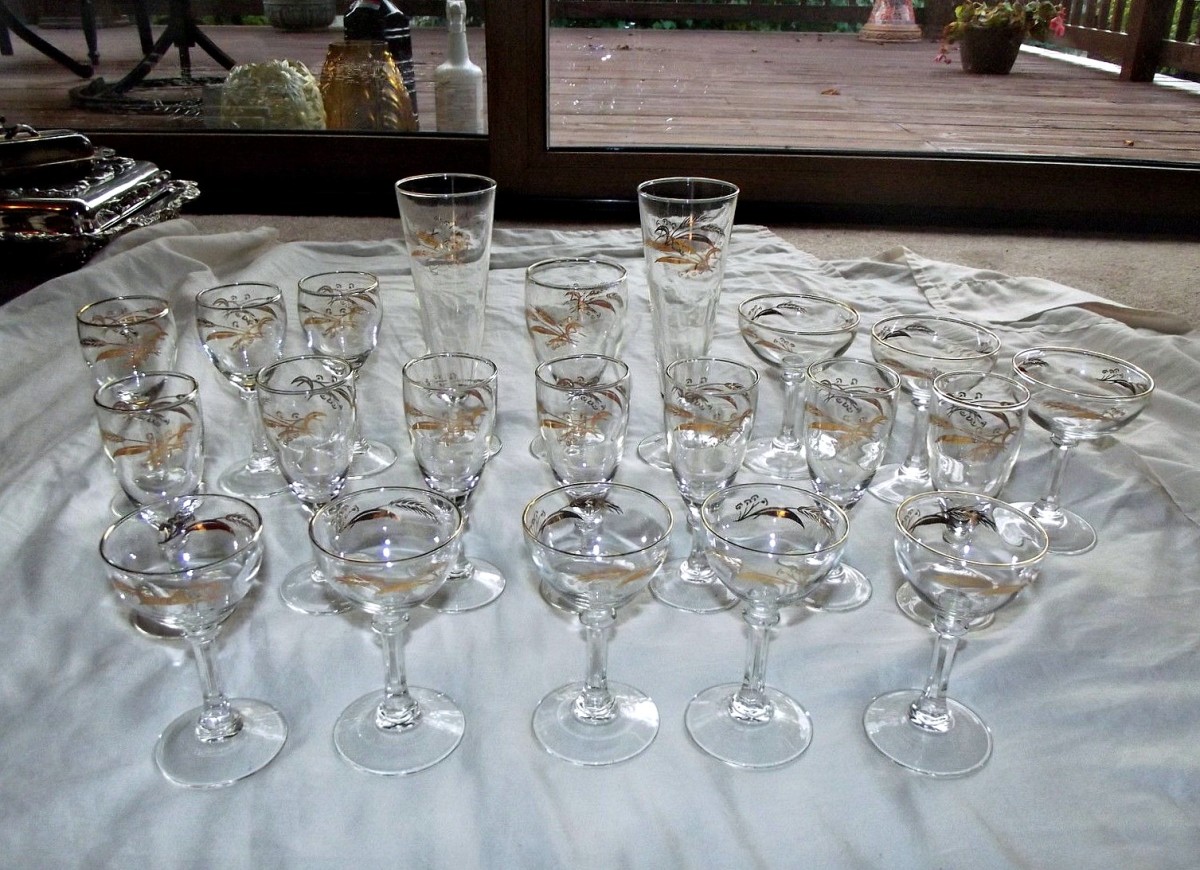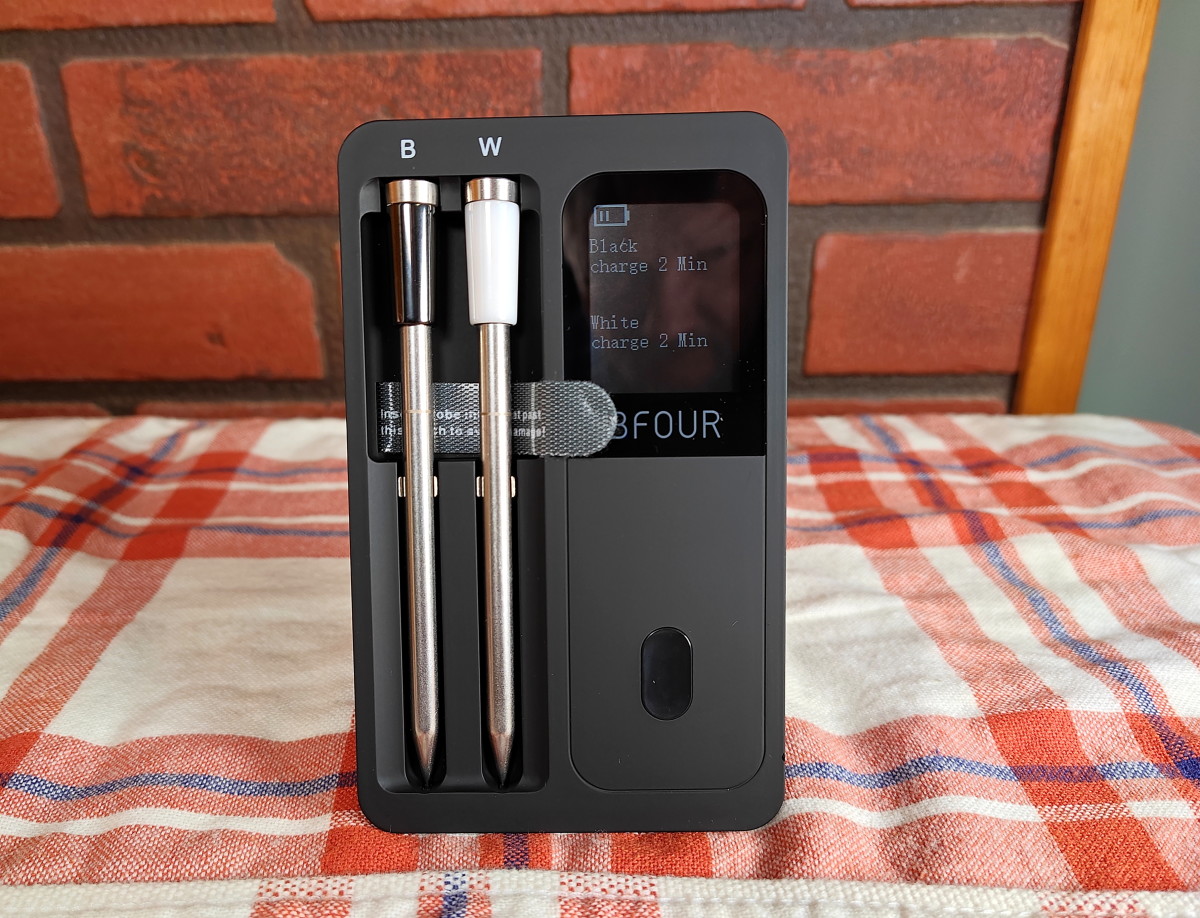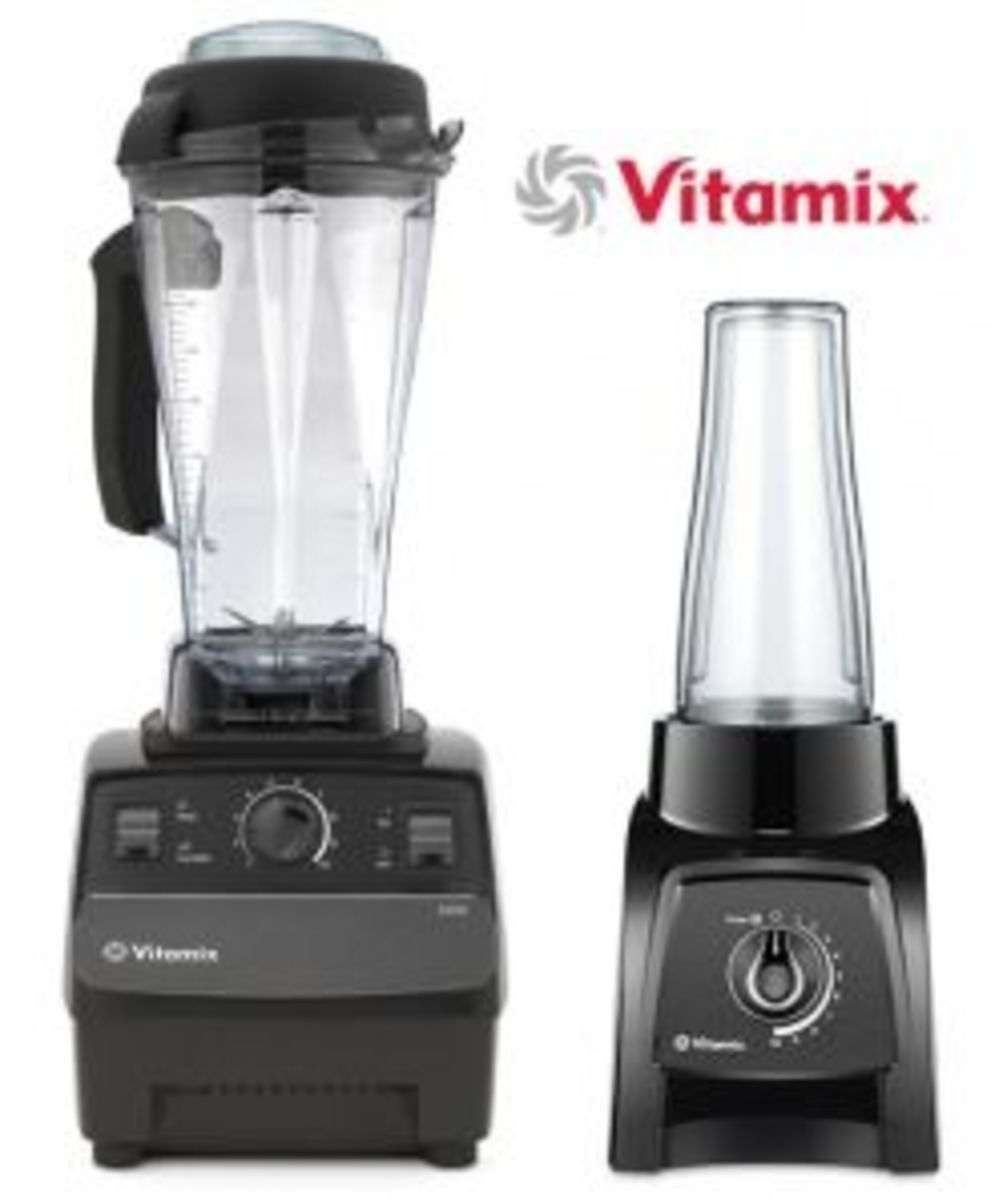Slow Cooking Basics for Safety in the Kitchen

How to Cook Safely in your Slow Cooker CrockPot
Slow cookers are enjoying a return of popularity .. for very good reasons.
A long cooking time lets you start the evening meal before leaving for work. Reduce the washing up to save time and water with this truly one pot cooking method.
However, before you start using a slow cooker, there are a few basic safety rules to follow.
Begin with a clean cooker, clean utensils, a clean work area and clean hands
Safety First
Check the Plugs before anything else
Make sure your slow cooker is sitting on a dry, stable surface. Don't let it lean on the wall, touch the wall in any way, or let it be in contact with other items on your kitchen bench.
Before plugging in, have a good look at the plug and cord. Make sure there are no frays. Plug it firmly, and directly, into the outlet, try and avoid extension cords.
Before adding foodstuff, check the inside of the cooker. Don't use it if there are any chips, cracks or breaks.
If you plan on adding hot food to your slow cooker, make sure you prewarm the crock with some hot water.
Unplug by holding the plug in your hand and removing it firmly from the outlet. Never yank on an electric cord.
Refrigerate perishable foods until preparation time

Food Safety - Raw Meat
>If you plan to be home during the first hour of cooking, turn your slow cooker to high for the first hour to quickly elevate raw meat and liquid temperatures to safe levels.
Subtract one hour from the slow cooking time you originally planned to do on low.
Most large cuts of meat require at least eight hours of cooking on low.
Always cook minced (ground) meats in a frying pan before adding them to your cooker.

Food Safety - Frozen Meat
Always thaw meat or poultry before putting it into a slow cooker.
Use whatever safe method you choose to thaw the meat.
If you're using a commercially frozen slow cooker meal, you have to prepare it according to the instructions. Don't take short cuts, it's not worth it.
If the power goes out while you're not at home throw away the food!
If the Power goes out
If the power suddenly goes out while you're not at home during the entire slow-cooking process, throw away the food!
It might appear to be cooked but the dangers of food poisoning from a half-cooked meal are far too high.
If you're at home and the power goes out, immediately finish cooking all the ingredients in some other fashion. Use the gas stove or your barbecue.
If you're at home, and if the food was completely cooked before the power went out, then it will remain safe for up to two hours in the slow cooker without any power. Make sure you keep the lid on of course :)
Use Correct Amount and Placement of Food
Don't have your slow cooker less than half full, but don't pack it up more than two-thirds full.
Put your vegetables in first. They cook more slowly than meat and poultry, so place them at the bottom, and around the sides.
Then add the meat and cover the food with liquid, like water, stock, broth, or a sauce of your choice.
Keep the lid in place, and don't take it off unless you really have to stir the food or to check if it's thoroughly cooked.
Five Quick Tips for Slow Cooking
- Trim roasts and other large cuts of meat to fit in your slow cooker
- Remove skin from poultry and trim excess fat from other meats before cooking
- Put fresh root vegetables, potatoes, carrots, onions in the bottom of the pot, under the meat
- Don't add Cheeses until near the end of cooking time
- Don't add Fish and Seafood until near the end of cooking time
Set and Forget Slow Cooker

© 2008 Susanna Duffy

